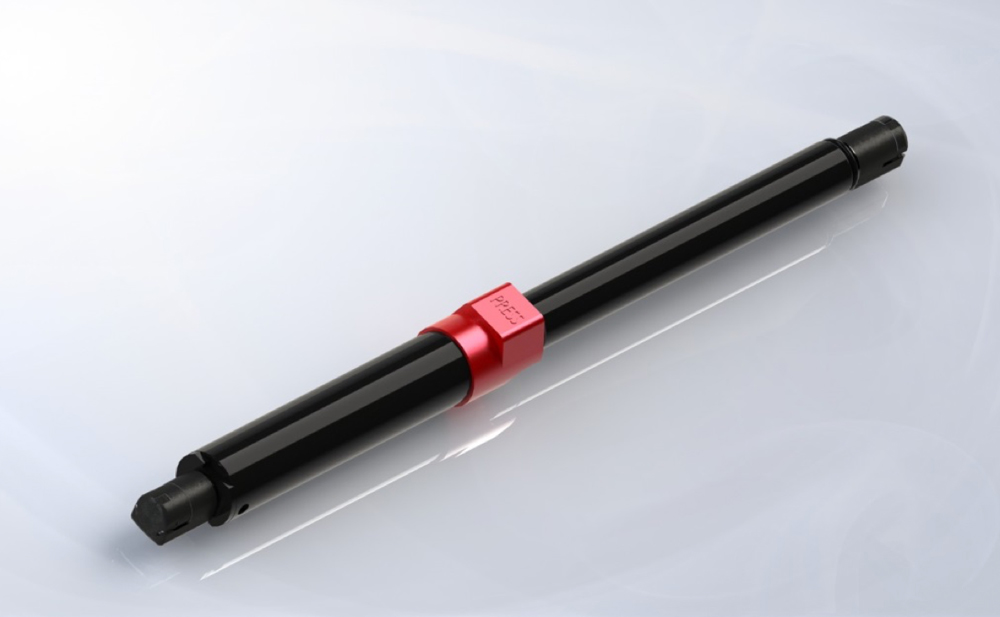With the help of a locking mechanism, the piston rod can be secured at any point throughout its stroke when using lockable gas springs.
Attached to the rod is a plunger that activates this function. This plunger is pressed, releasing the rod to function as compressed gas springs.
The rod can also be locked in any position whenever the plunger is launched at any juncture during the stroke.
The self-locking feature of conventional gas springs is significant when strong forces are acting on movable construction components.
By engaging the release pin, the piston of the self-lock gas spring can always be set in any necessary position throughout the entire stroke.
In this blog post, we will be looking at the characteristics and technical components that make up the self-locking gas springs.

Key components of self-locking gas springs
Self-locking gas springs are frequently utilized in many different industries, including the automobile, aeronautical, handicrafts, and medical fields.They are made to lock into place, retain an object in place, and produce a regulated force that makes moving the object simple. Self-locking gas springs' major components entail:
Cylinder:
This is the gas spring's main body, which is usually made from steel or aluminum. It includes a piston assembly and a gas charge.
Piston assemblage:
This consists of sealing, a piston head, and a piston rod. The circulation of gas and oil is managed by the piston assembly, which rotates inside the cylinder.
Valves:
A valve is a mechanical component that regulates the movement of oil and gas inside a gas spring. It opens and closes in accordance with the piston assembly's motion.
End Fittings
These elements are what connect the gas spring to the load it is supporting. End fittings come in many different varieties, including ball sockets, eyelets, and clevises.
Locking mechanism:
Once the gas spring has attained its fully extended length, this mechanism is what allows it to latch securely in position.Locking mechanisms come in a variety of designs, such as mechanical locks, and pneumatic and hydraulic locks.
Release mechanism:
This mechanism enables the gas spring to detach easily from its self-locking mechanism and return to its initial position.Specific applications require the release mechanism to be initiated automatically when it is used to support or suspend a rather large load used in construction sites or manually as found in automobiles.
Self-locking gas spring can be designed for a variety of loading capacities depending on the forces that are present in your application.
With this product series, the completely firm self-locking gas spring in both directions is a known innovation, worldwide for its versatility as its application cuts across various fields such as medicine, industrial, construction, and automobiles.
Post time: Apr-07-2023
